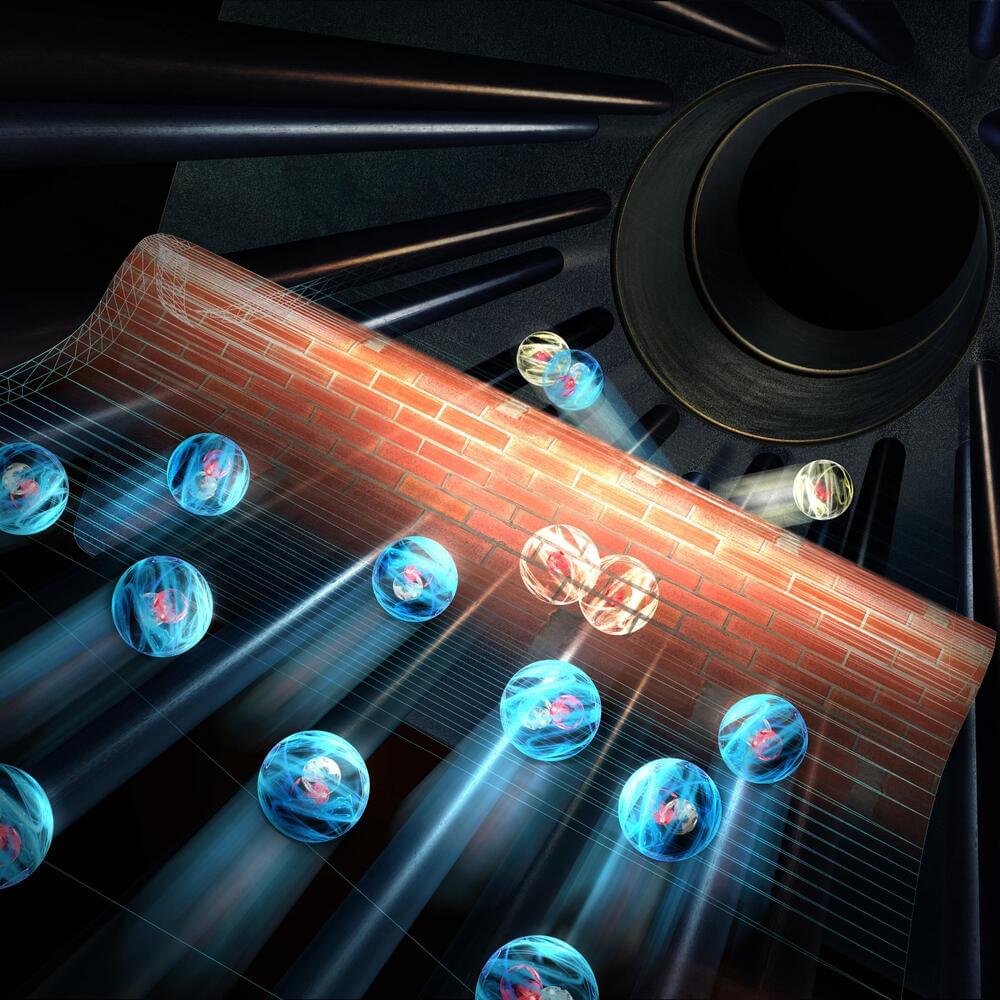Alan Thompson, AI Consultant and Former Chairman of Mensa International, examines the latest trends in artificial intelligence, as well as its applications to finance, professional services, and military. He discusses the possibility that AI could become sentient and even dangerous with David Lin, Anchor and Producer at Kitco News.
Alan Thompson’s website: https://lifearchitect.ai/about-alan/
Follow David Lin on Twitter: @davidlin_TV (https://twitter.com/davidlin_TV)
Follow Kitco News on Twitter: @KitcoNewsNOW (https://twitter.com/KitcoNewsNOW)
0:00 — Intro.
1:57 — Overview of AI
8:07 — Chat GPT
11:51 — Human similarities.
15:53 — Microsoft and Google.
19:55 — AI replacing workers.
21:54 — Applications of AI
24:26 — Technological singularity.
26:05 — Dangers of AI
28:52 — Transhumanism.
#technology #ai #chatgpt.
Kitco NEWS is a global news network based in Montreal, with bureaus in New York, Hong Kong, New Mexico, London and Vancouver. Since 2009, our journalists have helped investors make informed decisions through in-depth reporting, daily market updates, and interviews with key industry figures. We aim to accurately and impartially cover the economy, stock markets, commodities, cryptocurrencies, mining and metals.






